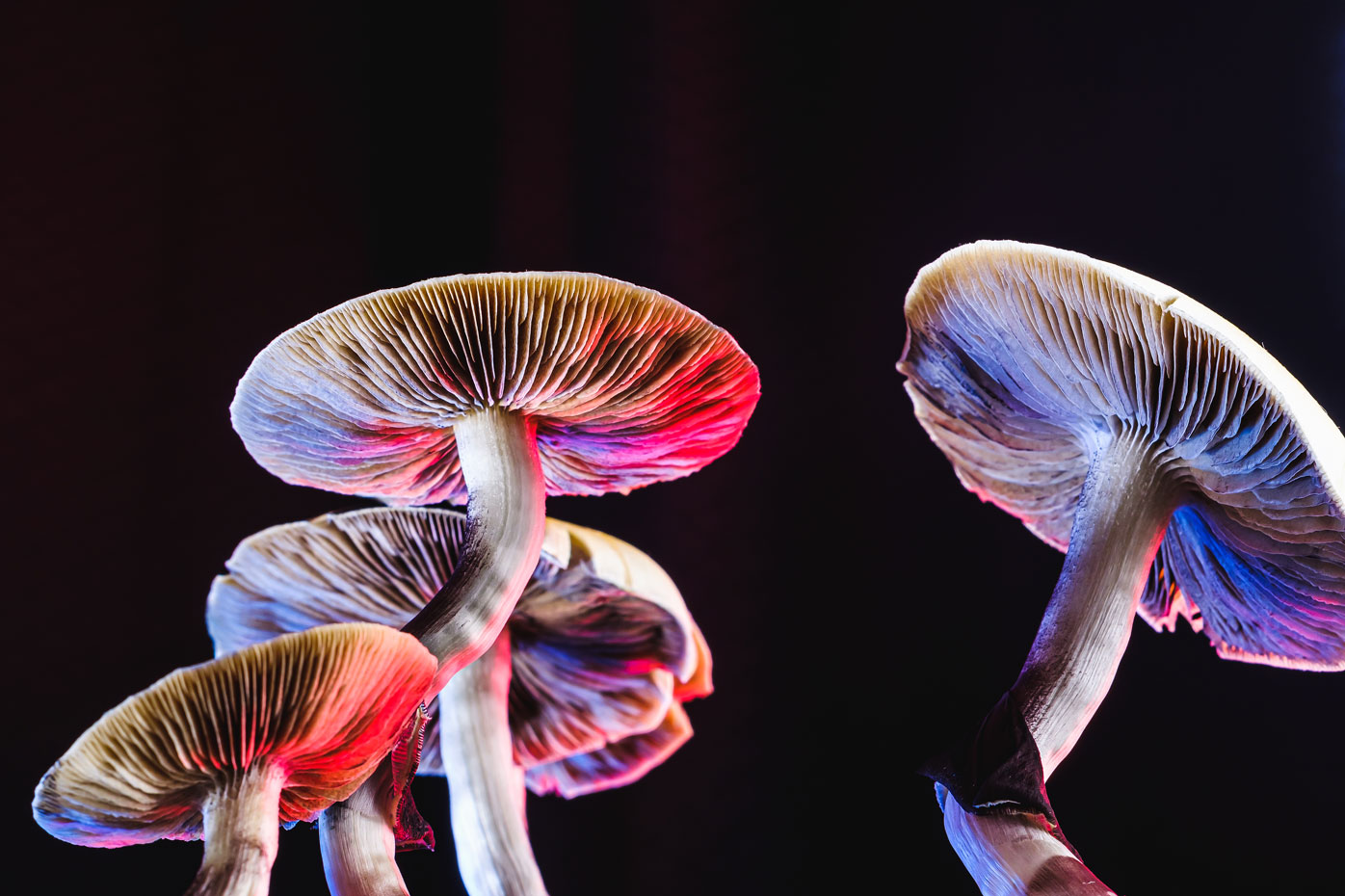All Concerning Psychotomimetic Substances: Their Role in Psychological Study
Psychotomimetic compounds, such as LSD and psilocybin, have amassed raising rate of interest in psychological research study for their capability to replicate psychotic symptoms and provide understanding right into different psychological wellness disorders. Their communications within the brain, specifically with serotonin and dopamine paths, suggest a facility relationship between consciousness and neurobiology that may open unique restorative opportunities. As scientists remain to investigate their prospective applications, honest factors to consider bordering their usage in clinical setups become vital, elevating crucial concerns regarding security and notified approval that necessitate additional expedition.
Meaning of Psychotomimetic Compounds
In the world of psychological research, psychotomimetic compounds are substances that can induce effects appearing like those of psychosis, such as hallucinations, deceptions, and transformed assumptions of fact - About Golden Psycho. These substances can be categorized into different categories, including hallucinogens, dissociatives, and certain stimulants, each producing distinctive emotional results
The medicinal action of psychotomimetic compounds frequently includes modulation of neurotransmitter systems, specifically those relevant to serotonin, dopamine, and glutamate. For example, substances like lysergic acid diethylamide (LSD) primarily act upon serotonin receptors, causing extensive modifications in sensory perception and cognition.
The energy of psychotomimetics in research study exists in their capacity to mimic psychotic signs and symptoms, supplying a design for comprehending the hidden mechanisms of psychotic problems such as schizophrenia. By examining the effects of these substances, researchers can gain understandings into the neurobiological and emotional processes that add to psychosis.
Additionally, psychotomimetic compounds have actually been checked out for their healing capacity in dealing with different psychological health and wellness conditions, consisting of clinical depression and anxiety, highlighting their twin role in both study and potential professional applications.
Historical Growth and Context
The expedition of psychotomimetic compounds has an abundant historical context that goes back to old people, where materials such as psilocybin mushrooms and peyote were used in spiritual and recovery practices. These very early usages usually linked with religious routines, suggesting a profound respect for the altered states of consciousness generated by these compounds.
The mid-20th century marked a considerable switching point in the research study of psychotomimetic materials, especially with the synthesis of LSD by Albert Hofmann in 1938. The succeeding popularization of LSD in the 1960s catalyzed a wave of passion in both its emotional impacts and prospective healing applications. Scientists began to examine how these materials could simulate psychotic states, giving insights into mental illness.
Nevertheless, the boosting organization of psychotomimetics with counterculture movements caused regulative backlash, culminating in the criminalization of much of these compounds. Despite these obstacles, the revival of passion in the therapeutic capacity of psychedelics in the 21st century has motivated renewed research. This historical trajectory underscores the evolving assumption of psychotomimetic compounds, transforming from spiritual compounds to topics of scientific questions and, possibly, healing assurance.
Mechanisms of Action
Understanding the mechanisms of action of psychotomimetic substances exposes the intricate means these compounds communicate with the mind's neurochemistry. These substances primarily apply their impacts through inflection of natural chemical systems, particularly serotonin, dopamine, and glutamate.
Along with serotonin, dopaminergic pathways are considerably affected by compounds like mescaline and particular cannabinoids, which can cause modified states of awareness and modifications in state of mind and motivation. Furthermore, the NMDA receptor enmity observed with substances like ketamine highlights an additional pathway whereby psychotomimetics might generate dissociative states and extensive modifications in believed procedures.
The neurochemical cascades started by these communications cause complicated and multifaceted psychological results. Comprehending these devices is essential for both the innovation of psychological research study and the healing possibility of psychotomimetic compounds, as they offer understandings right into the underlying neural correlates of altered states of consciousness.
Current Study and Applications
Recent examinations into psychotomimetic compounds have exposed a rebirth of interest in their therapeutic applications, especially in the fields of psychiatry and psychology. Researchers have started checking out compounds such as psilocybin, LSD, and ayahuasca for their possible to relieve signs related to different psychological health and wellness problems, consisting of clinical depression, anxiousness, and PTSD.
Professional tests have actually shown that, when provided in controlled settings, these substances can promote profound emotional experiences, Resources advertising psychological innovations and boosted healing end results. For example, studies have revealed that psilocybin-assisted treatment can bring about substantial reductions in treatment-resistant depression, with effects lasting for numerous months post-treatment.
Moreover, psychotomimetic substances are being assessed for their ability to cultivate neuroplasticity, possibly enabling more reliable rewiring of maladaptive idea patterns. These findings recommend that such compounds might serve as adjuncts to typical psychotherapeutic methods, enhancing the efficiency of restorative interventions.
As study advances, the emphasis is moving in the direction of comprehending the optimal does, therapeutic setups, and individual features that can optimize the benefits of these substances. This growing area holds assurance for transforming psychological health and wellness therapy paradigms and attending to the limitations of traditional psychological medicines.
Ethical Factors To Consider in Research

Navigating the moral landscape of research entailing psychotomimetic compounds is vital to guaranteeing participant security and the stability of research results. Scientists must focus on enlightened permission, making certain that participants completely understand the possible risks and benefits related to the substances being examined. This consists of providing comprehensive details concerning possible psychological impacts, this link consisting of acute and long-term effects, and allowing individuals the possibility to withdraw from the study at any type of time without penalty.
In addition, moral oversight by institutional review boards (IRBs) is vital. IRBs examine study methods to safeguard participant welfare and support honest Our site standards. This scrutiny assists alleviate dangers and makes sure that researches are performed with clinical roughness. In addition, the possibility for threat should be very carefully analyzed, specifically when at risk populaces are entailed.
Privacy is an additional vital factor to consider. Scientists have to execute durable procedures to protect participants' identifications and data, particularly offered the sensitive nature of experiences related to psychotomimetic compounds (About Golden Psycho). Inevitably, a dedication to honest techniques not only promotes depend on in between scientists and individuals yet additionally boosts the reliability and legitimacy of the research end results, contributing to the development of emotional expertise

Conclusion
Finally, psychotomimetic substances, specifically classic psychedelics such as LSD and psilocybin, deal significant understandings into psychological disorders through their unique systems of action. Their therapeutic potential in resolving problems like stress and anxiety and PTSD highlights the importance of ongoing research in this area. Guaranteeing moral standards in research study techniques is important for individual safety and notified authorization, enabling for a liable expedition of these compounds' benefits and implications within emotional scientific research.